Bill Dance Signature Lakes to promote recreation, tourism across Tennessee
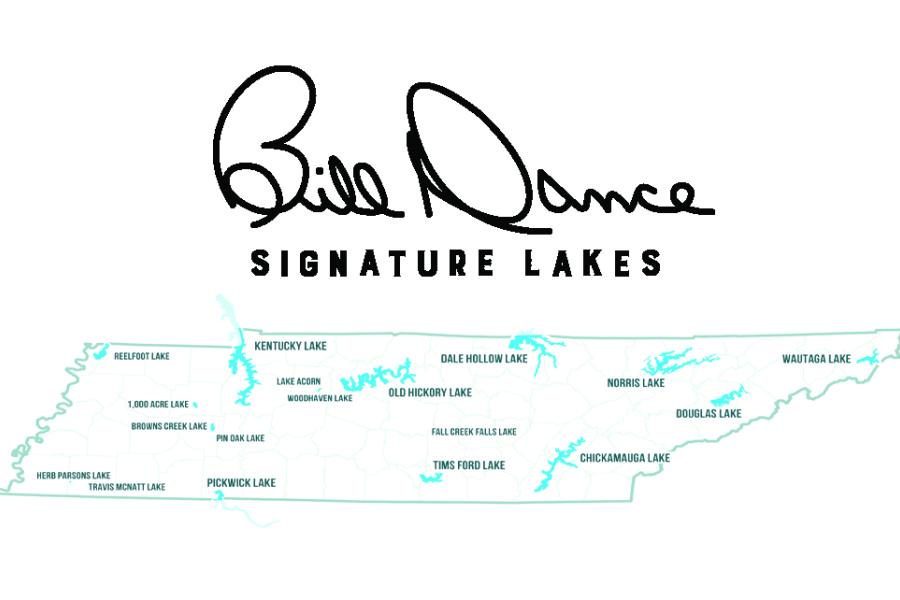
By KATE COIL
TML Communications Specialist
A new initiative will honor a Tennessee fishing legend while promoting visitation and outdoor recreation in lakes across the state.
Gov. Bill Lee has teamed up with Tennessee-born fishing legend Bill Dance along with the Tennessee Department of Tourist Development, Tennessee Wildlife Resources Agency, and Tennessee State Parks to launch the Bill Dance Signature Lakes program. In addition to highlighting 18 lakes across the state as top fishing destinations, the initiative also pledges $15 million in investments to improve these waters including increased stocking, habitat and fisheries management, and improved access for fishing and boating.
“Bill Dance is a tremendous advocate for our Tennessee rural communities and we are thrilled to partner with him,” said Gov. Lee. “The Bill Dance Signature Lakes highlights the importance of lakeside tourism with premier fishing opportunities and we believe this project is especially important as communities recover from the recent storms.”
Tennessee is home to half-a-million acres of lakes and 1.7 million people who fish according to the American Sportfishing Association.
“I’m unbelievably humbled and excited to be involved in such a helpful project that will benefit so many people and our natural resources in my great home state of Tennessee,” said Bill Dance. “You can bet your favorite lure this project will definitely have a ripple effect for a mighty long time, not only giving the weekend fisherman, but tournament anglers a wonderful fishery as well, thanks to the great state of Tennessee and my friends at TWRA.”
Endorsed by Bill Dance Outdoors, several projects are slated to begin in 2022 with a completion target date of fall 2024 to make improvements at various lakes. In partnership with the Tennessee Valley Authority, the nine large reservoir lakes will receive new or upgraded ramps to improve access for both recreational fishing and tournaments. Each of the 18 lakes will see above-water upgrades including courtesy docks, parking, additional access points, fishing piers, and new signage. Several of the smaller lakes in the program will receive additional management with regular stockings to encourage family fishing.
Communities near these lakes will benefit economically from increased visitation leading to purchases of gas, food, and overnight stays as well as increased opportunities for businesses that cater to anglers. Bill Dance Signature Lakes touches 39 counties including 22 at-risk or economically distressed counties, and is an important step in helping those communities create new revenue streams through increased visitation. Fishing generates $1.2 billion in economic impact annually and supports 7,480 jobs across the state.
1000 ACRE LAKE
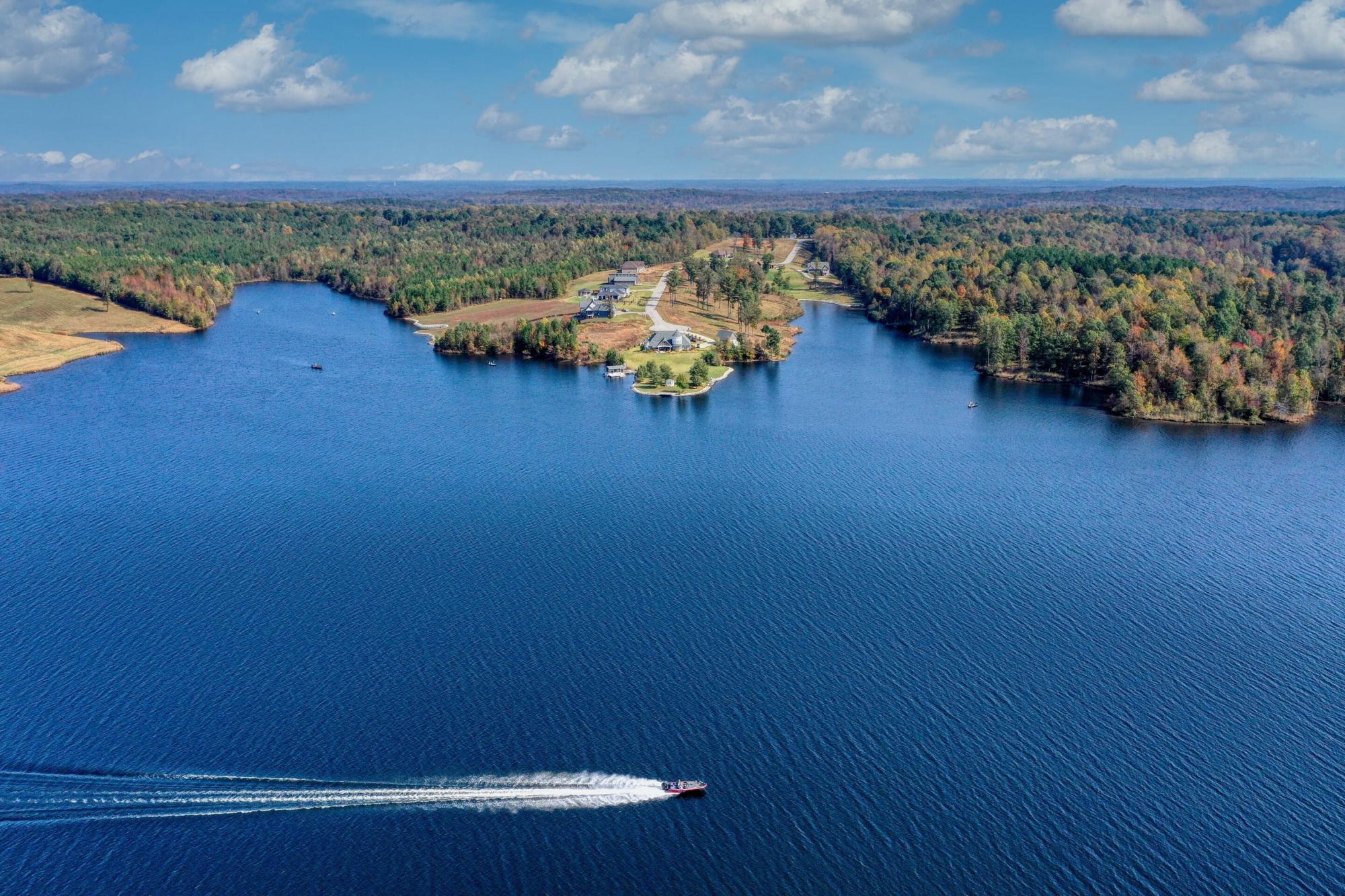
Clarksburg, Huntington, and McLemoresville are each within 6 miles of 1000 Acre Recreational Lake. The largest man-made lake in West Tennessee, more than 22 miles of shoreline and 17,000 acres of water have made this area a destination for water sports including boating, jet skiing, water skiing, and swimming. The entire southern third of the lake is dedicated to fishing with bass, bluegill, sunfish, catfish, and crappie among the most popular catches.
BROWNS CREEK and PIN OAK LAKES
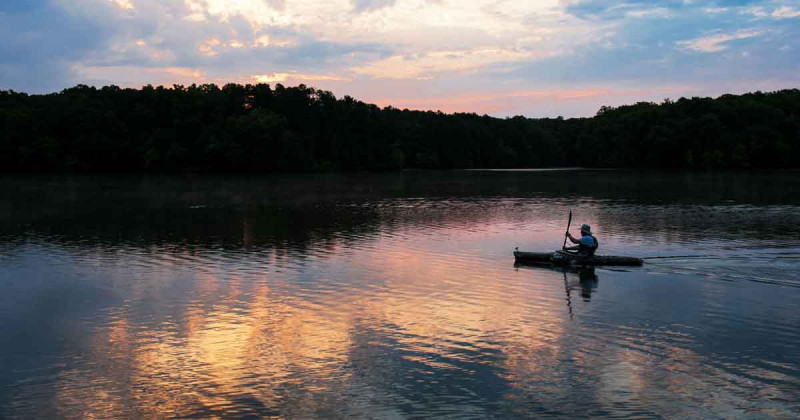
Within 10 miles of Lexington, Parkers Crossroads, and Parsons, Browns Creek and Pin Oak lakes is two of three lakes located entirely within Natchez Trace State Park. Pin Oak Lake is the largest of the three at 690-acres and is maintained by the park with bass, bluegill, crappie, and catfish found in its waters. Browns Creek Lake is 167 acres and is managed by TWRA. Browns Creek Lake is known for its trophy largemouth bass with several surveys documenting 10-pound bass in its waters. The state park is also home to the 90-acre Maple’s Creek Lake. Visitors to the park can also enjoy swimming, biking, hiking, camping, boating, watersports, birding, as well as a firing and archery range.
CHICKAMAUGA LAKE
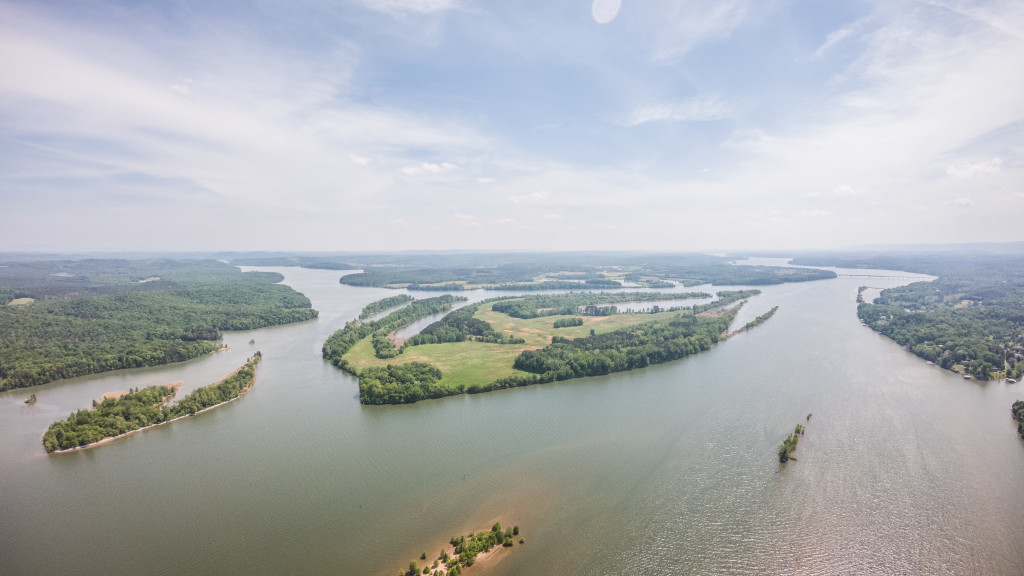
The municipalities of Dayton, Soddy-Daisy, Lakesite, and Chattanooga all sit along this lake, which is also a short distance away from Decatur, Graysville, Charleston, Cleveland, and Red Bank – to name a few. Chickamauga has consistently been ranked not only one of the top bass lakes in the state but in the country, even hosting major tournaments and being dubbed “the Land of the Giants” for the massive bass found in its waters. The 34,500-acre lake is also a hotspot for catfish, crappie, sauger, bluegill, and sunfish. Those who come to its waters to fish often stay to take part in the area’s great hiking, camping, and other watersports.
DALE HOLLOW LAKE
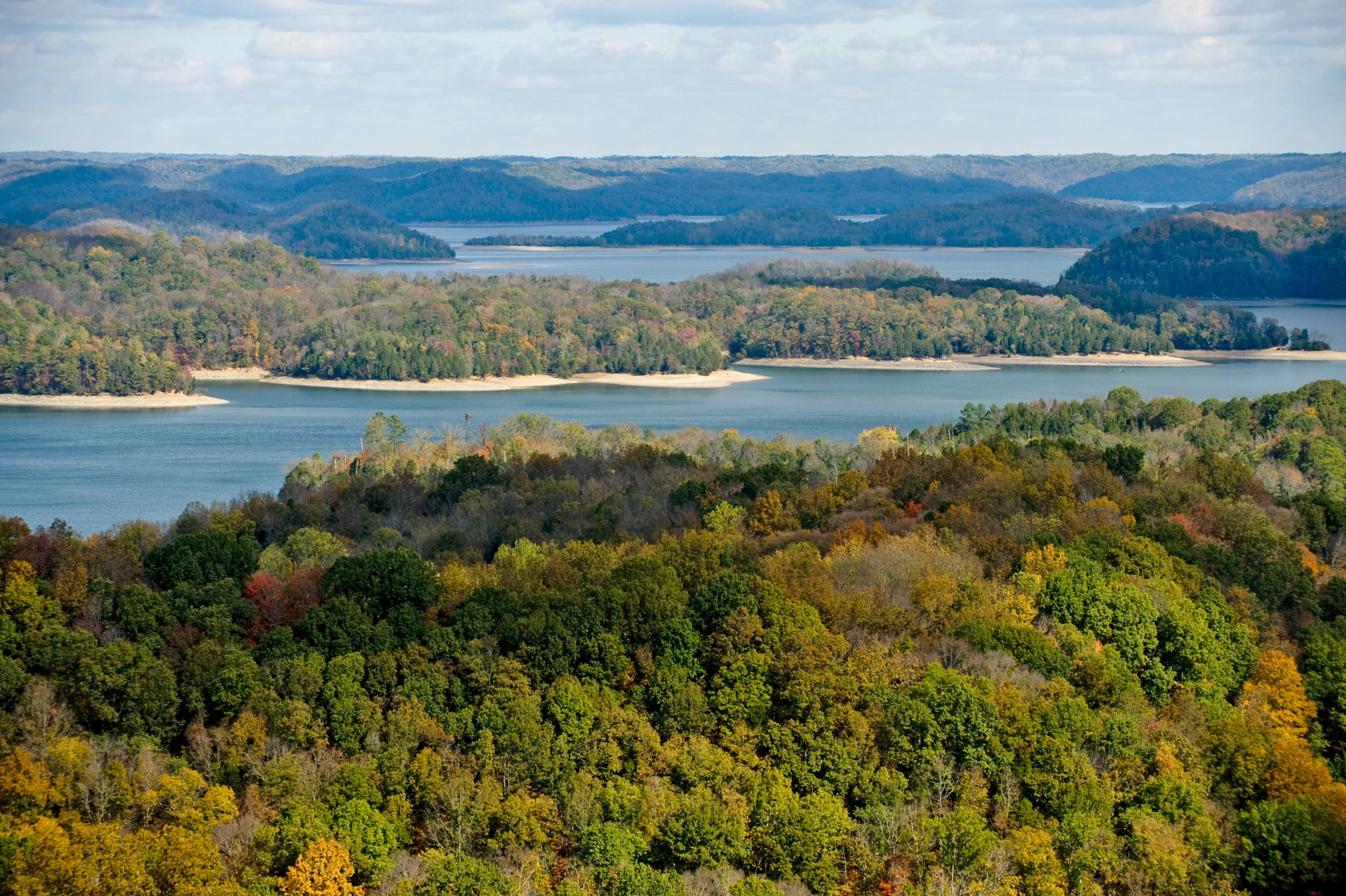
Between Celina and Byrdstown and north of Livingston, Dale Hollow Lake is a 27,000-acre body of water shared by Tennessee and Kentucky. Vote the fourth best lake in the country in the USA Today Float Your Boat contest, Dale Hollow has become a recreation destination for water skiing, wakeboarding, and tubing. Of course, fishing is one of the most popular reasons visitors come to Dale Hollow with the lake producing the largest smallmouth bass ever caught in the world. In addition to record-breaking smallmouth bass, fishermen come here for largemouth bass, crappie, muskellunge, walleye, catfish, gar, and trout. Out of the water, visitors can also enjoy horseback riding, hiking, biking, camping, hunting, wildlife viewing, and local historical and wine tours.
DOUGLAS LAKE
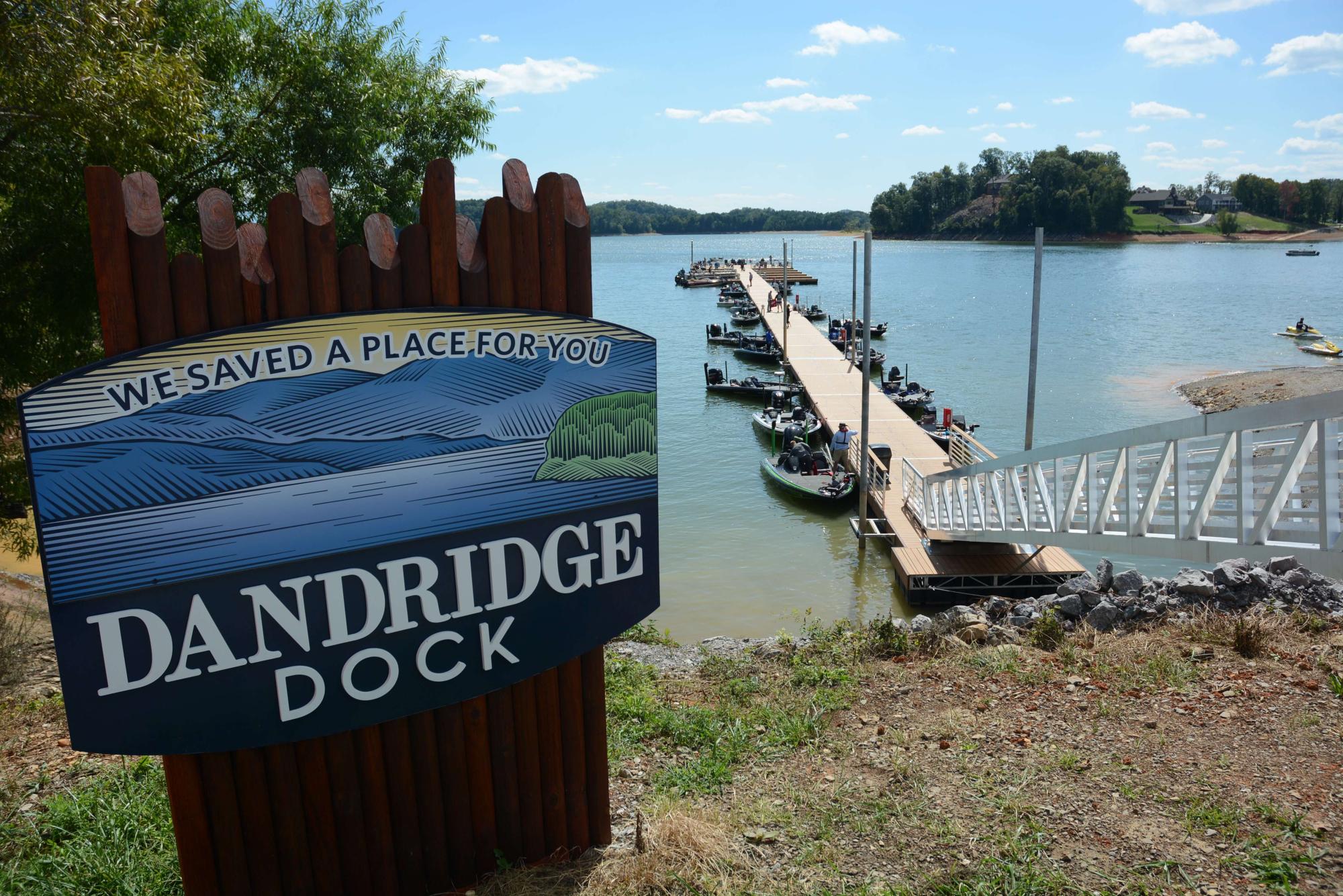
Dandridge and Baneberry both sit on the shores of Douglas Lake, though municipalities including Newport, Sevierville, Pigeon Forge, and White Pine are not too far away either. With a surface area of 30,400 acres and a shoreline of 550 miles, Douglas Lake’s position in the foothills of the Great Smoky Mountains has made it a major attraction for boating, fishing, camping, swimming, and birding. It is especially noted as one of the premiere crappie destinations in the nation, ranking in the top five, and as one of the top ten largemouth bass destinations, hosting multiple professional tournaments. An estimated 1.7 million visitors come to Douglas Lake every year.
FALL CREEK FALLS LAKE
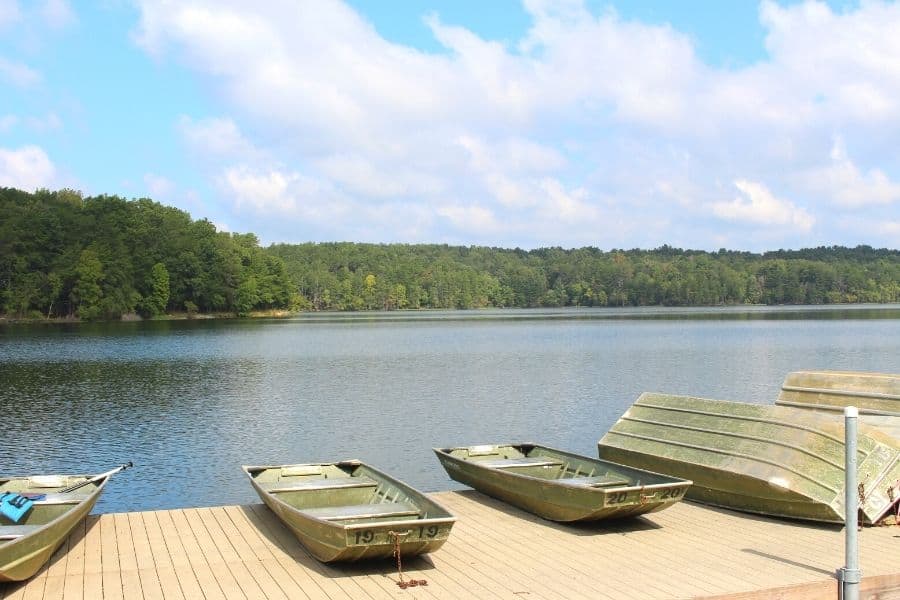
Between Spencer and Pikeville, Fall Creek Falls Lake is 345 acres of water dominating the southern portion of Fall Creek Falls State Park. In addition to largemouth bass, the lake has been known to produce record catches for channel catfish and bluegills. Boat and bank fishing opportunities abound. Cabins and the newly renovated Fall Creek Falls lodge also sit along the lakeside with plenty of opportunity for hiking, rock climbing, biking, birding, golfing, nature viewing, and more in the area. The park is also home to the canopy challenge course that tests agility and resolve.
HERB PARSONS LAKE
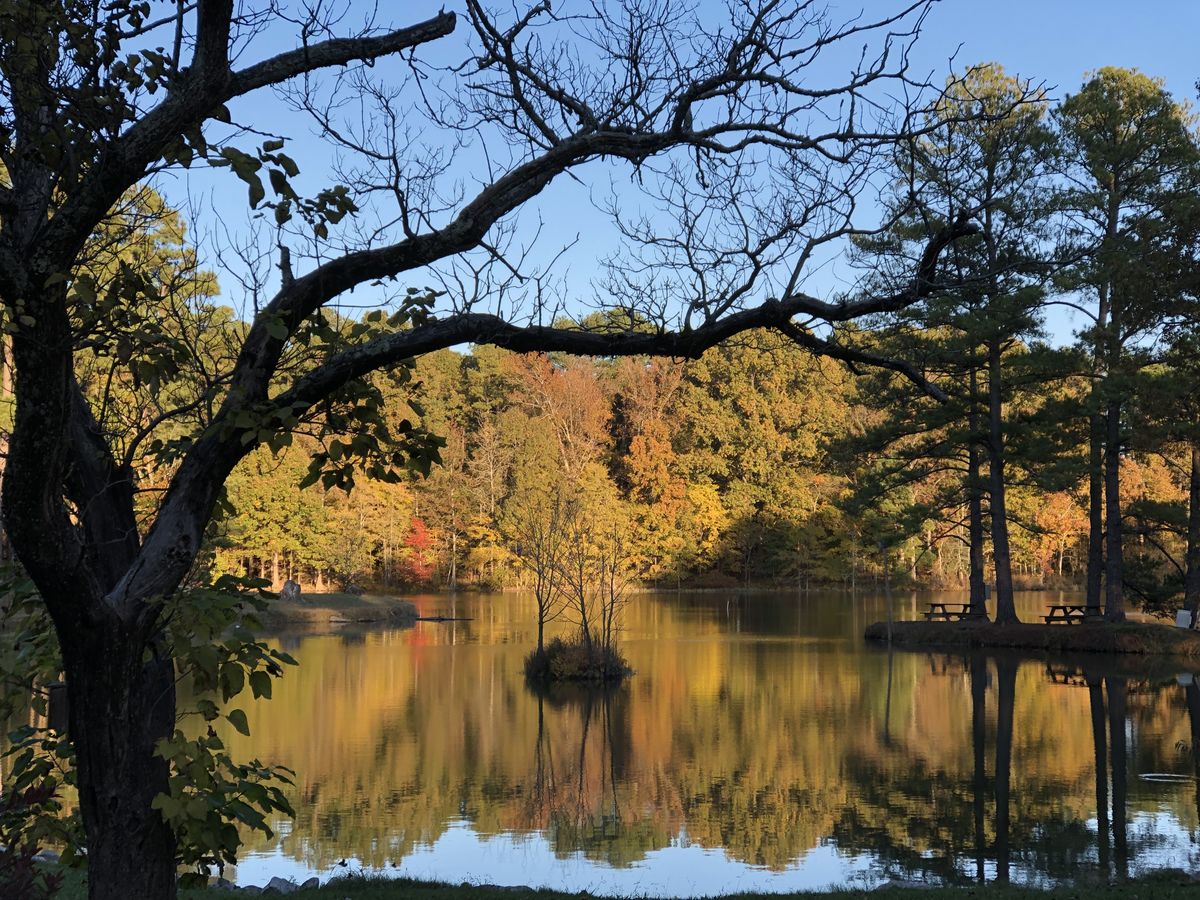
Just outside Memphis and near the municipalities of Germantown, Collierville, Piperton, Rossville, Moscow, Williston, Somerville, and Oakland, Herb Parsons Lake is home to largemouth bass, bluegill, crappie, redear sunfish, and three types of catfish. The 177-acre lake offers both a boat launch and an accessible fishing pier Named after Somerville native exhibition shooter Herb Parsons, the lake is also known for its walking trails, bike trails, picnicking, and beaver dams on the southern part of the lake.
KENTUCKY LAKE
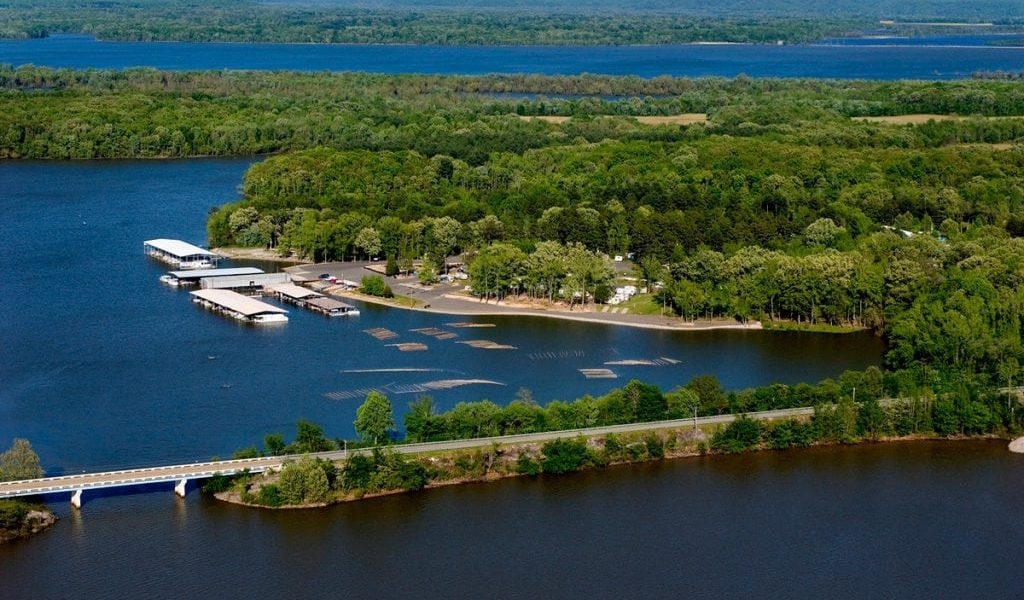
One of the lakes that helps make the famed Land Between the Lakes National Recreation area, Kentucky Lake’s footprint in Tennessee extends near the cities of Paris, Big Sandy, Tennessee Ridge, Erin, Camden, Waverly, and New Johnsonville. Three state parks and the Big Sandy Unit of the Tennessee National Wildlife Refuge also border the lake in Tennessee. Kentucky Lake is the largest artificial lake by surface area in the U.S. east of the Mississippi with 160,309 acres of water and 2,064 miles of shoreline divided over two states. It holds records for the largest white bass, buffalo carp, and yellow park as well as draws anglers for largemouth and smallmouth bass, crappie, catfish, panfish, sunfish, bluegill, and sauger.
LAKE ACORN and LAKE WOODHAVEN
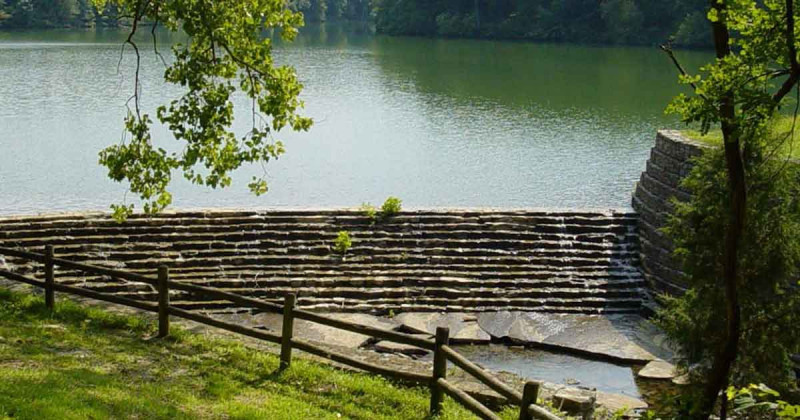
Near the municipalities of Burns, Dickson, and White Bluff, Lake Acorn and Lake Woodhaven are two o three lakes found within Montgomery Bell State Park. The larger of the two signature lakes at the park, Lake Woodhaven is a 50-acre lake with a year-round boat lunch. Lake Acorn is open to fishing year-round but private boats are only allowed to launch from its boat dock between September and May. Catfish, bluegill, redear sunfish, crappie, and bass can be found in both lakes. Lake Acorn also has a swimming beach and is open to paddling. Outside of the water, visitors can also enjoy golfing, hiking, camping, birding, mountain biking, and picnicking.
NORRIS LAKE
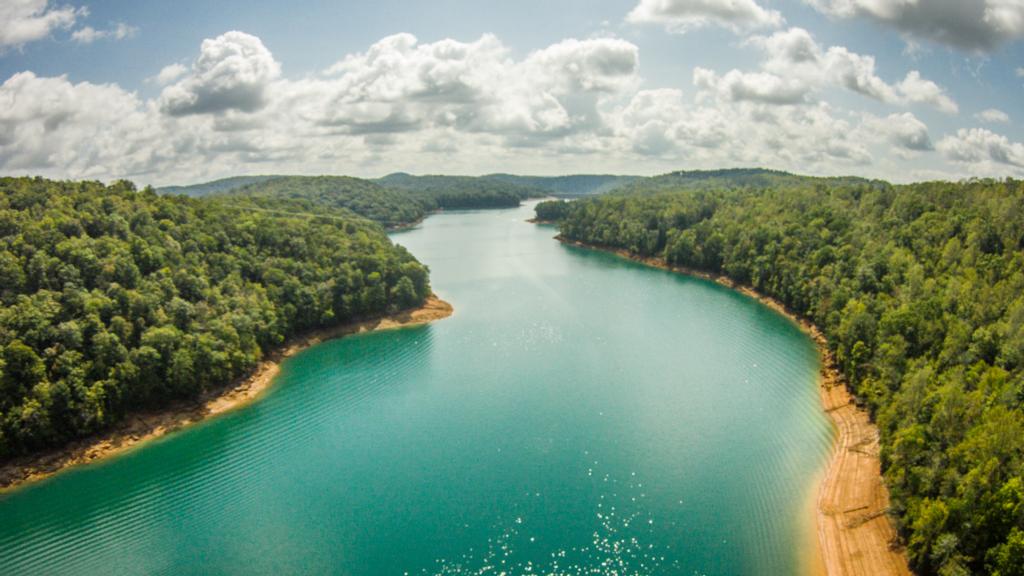
Created by the first major TVA project, Norris Lake helped create the town of Norris but also serves as a recreation draw for Maynardville, Rocky Top, Caryville, and LaFollette. Featuring 800 miles of shoreline and 33,840 acres of water surface, the lake is home to 22 marinas and resorts, three state parks, two wildlife management areas, and 14 species available for fishing. While bass fishing – particularly striped bass – is one of the most popular activities, anglers can also catch crappie, walleye, and trout. Host to numerous tournaments, Norris Lake was also featured on the Outdoor Channel’s “Fishing University.”
OLD HICKORY LAKE
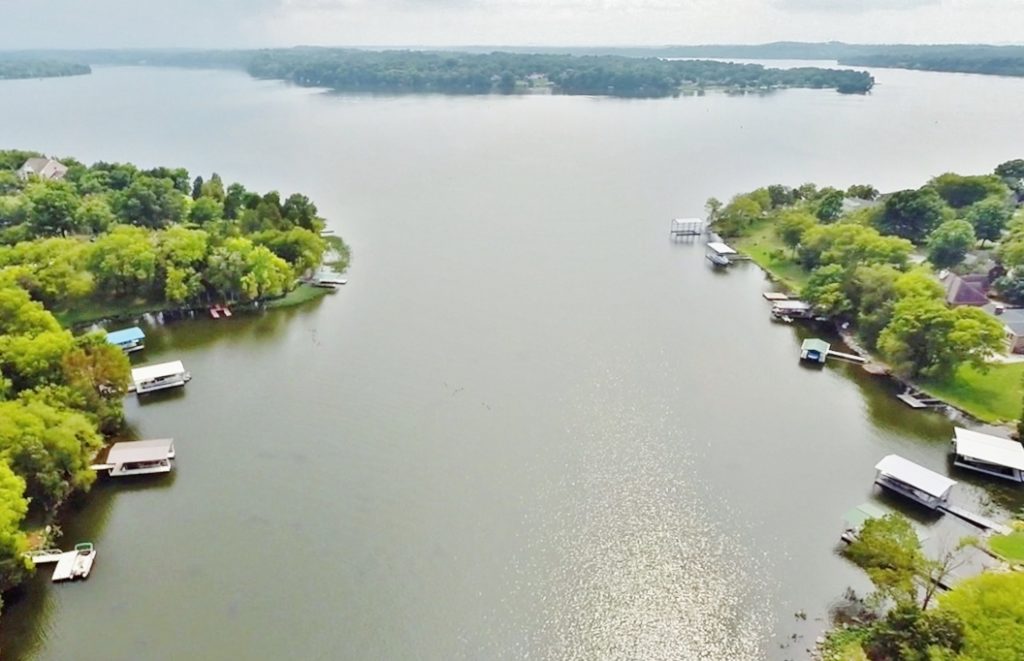
Hendersonville, Gallatin, Mt. Juliet, and Nashville all have borders with this 22,500-acre lake that is one of the most popular recreational lakes in the state. There are 41 public boat access sites and four marinas – two in Hendersonville, one in Mt. Juliet, and one in Gallatin. There are also eight public fishing piers for use. Bank and boat fishing are both popular on Old Hickory Lake with anglers coming out for bass, crappie, sauger, and catfish with opportunities for fishing practically year-round. In addition to fishing and boating, jet skiing, sailing, paddle boarding, kayaking, and swimming are popular lake activities.
PICKWICK LAKE
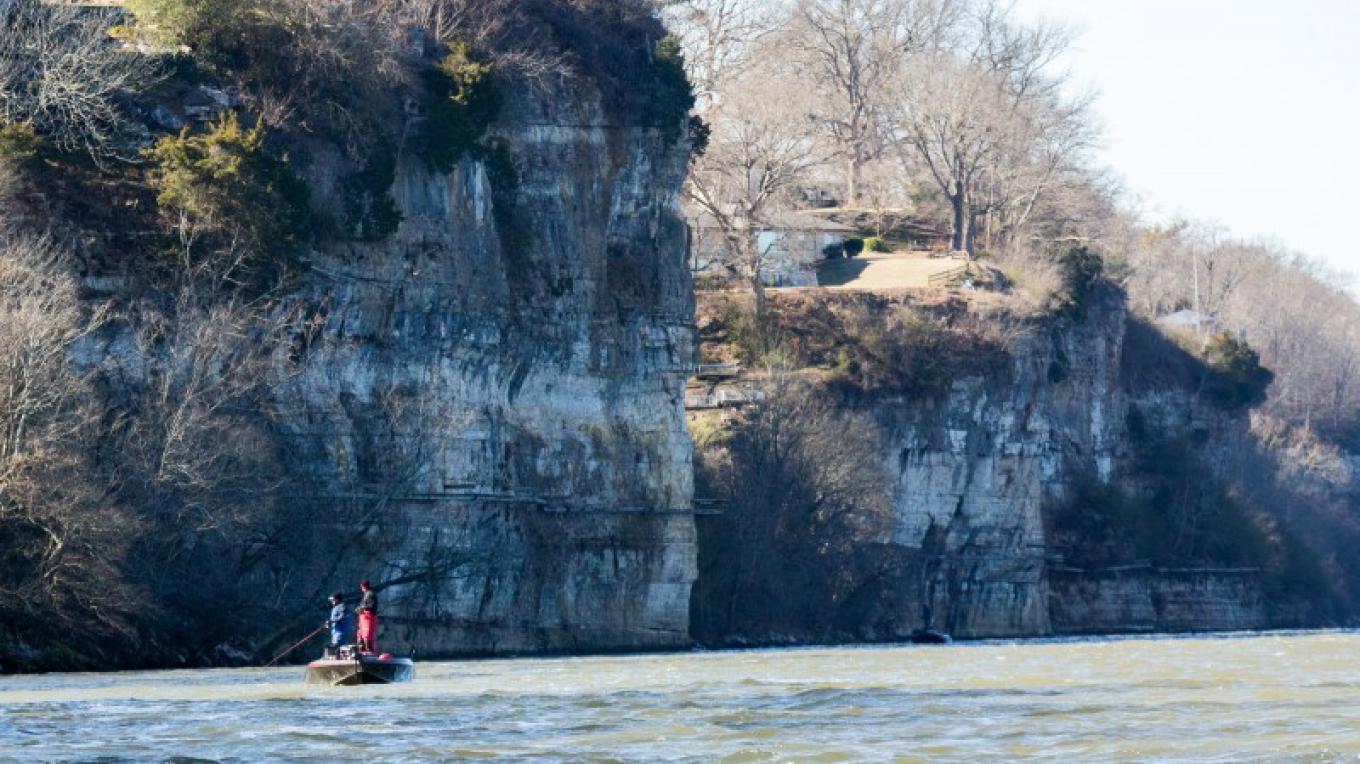
East of Guys, Michie, Eastview, and Selmer and south of Adamsville, Crump, Savannah, and Stantonville, Pickwick Lake reaches into Mississippi and Alabama as well as Tennessee. Known for its sportfishing, the lake has produced record-size smallmouth bass and catfish. Anglers can also find other varieties of bass and sauger in the water with bank and boat fishing both proving production. Pickwick Landing State Park is home to a marina for launching boats as well as a lodge and campsites for overnight stays. Other activities on the lake include hiking, golfing, disc golf, swimming, and birding.
REELFOOT LAKE
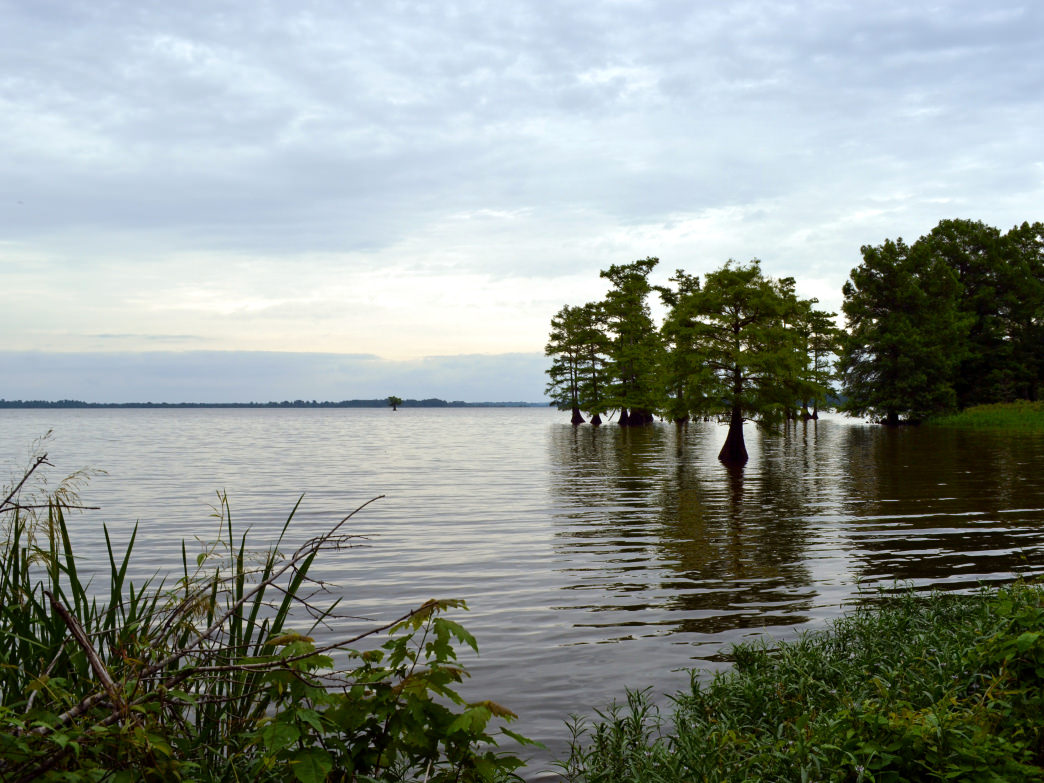
The only natural lake in the state of Tennessee, Reelfoot Lake is bordered by the cities of Tiptonville and Samburg and a short drive from Ridgely and Hornbeak. The lake covers 15,000 acres and until 2003 was the world’s only legal commercial fishery for crappie. Fishing remains a popular activity on the lake with catfish, bream, bass, and bluegill also found in its waters with its bluegill noted by Game and Fish Magazine. The cypress groves make for a natural fish hatchery and plenty of knowledgeable local guides are available to guide visitors to the best angling spots. Reelfoot Lake State Park is also home to five public boat launch ramps and has numerous fish cleaning stations. Reelfoot is also a popular destination for recreational boating, waterfowl hunting, hiking, camping, and wildlife view, particularly its bald eagles.
TIMS FORD LAKE
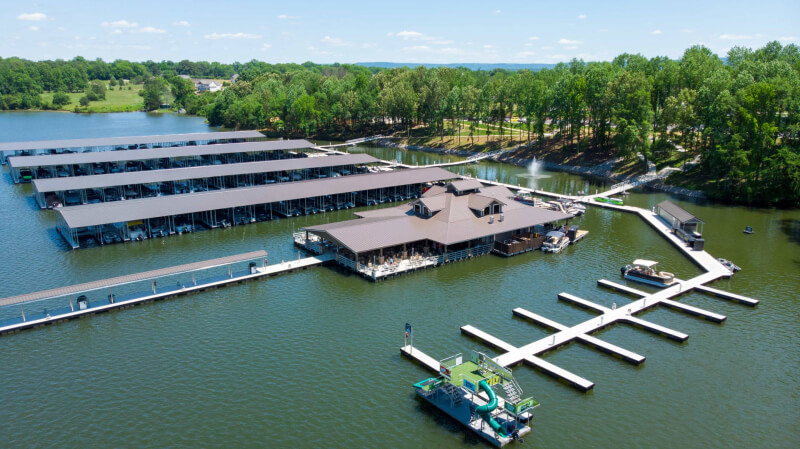
Winchester, Decherd, Estill Springs, and Lynchburg all have borders with Tims Ford Lake, which is also a short distance from Cowan and Tullahoma. With 10,700 surface acres of water, Tims Ford Lake is home to numerous recreational facilities run by the city of Winchester, Tims Ford State Park, and the TVA. There are two public marinas, three public fishing piers, and 14 public boat ramps accessible in the area. The park is known for its bass – particularly smallmouth bass – with striped bass commonly exceeding 15 pounds and hybrid bass around seven pounds. Numerous local and professional bass tournaments are held on the lake. Anglers can also catch rainbow and brown trout below the dam as well as crappie, catfish, bluegill, sunfish, warmouth, and walleye.
TRAVIS MCNATT LAKE
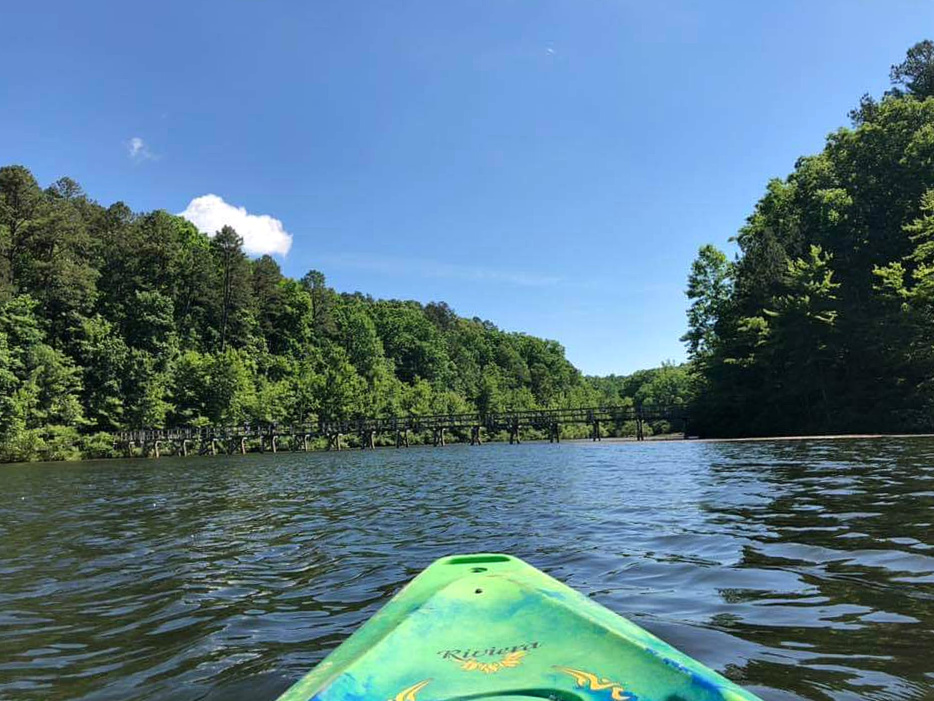
While it was named for Big Hill Pond, the biggest body of water in this state park between Middleton and Ramer is actually Travis McNatt Lake, formerly known as Big Hill Pond Lake. The 165-acre lake is accessible for both boat and bank fishing and is known for its bass, bream, and catfish. The oxbows, sloughs, and swamp areas make the lake a great habitat for fish as well as waterfowl. Visitors can also take the boardwalk through the Dismal Swamp or go horseback riding, camping, hiking, biking, and wildlife viewing.
WATAUGA LAKE
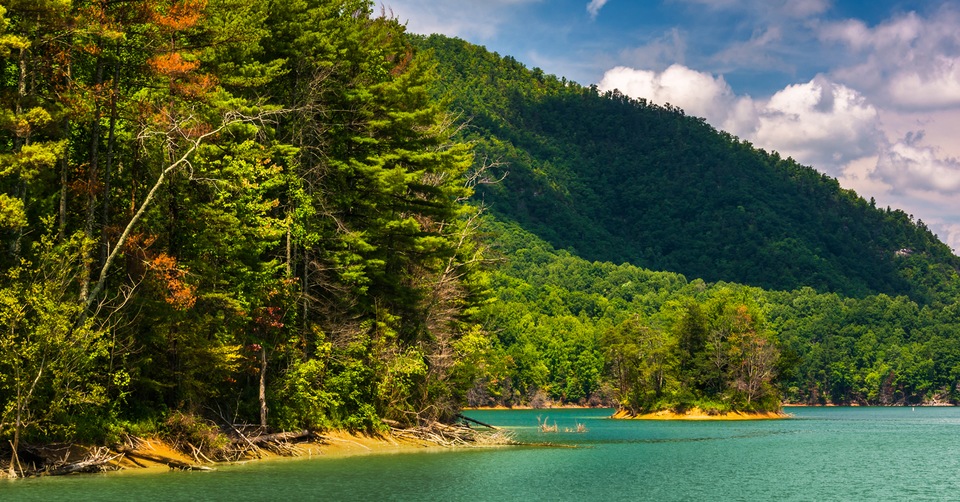
Between Elizabethton and the North Carolina state line in the Cherokee National Forest is Watauga Lake, which is known to bring in visitors from Mountain City, Johnson City, and Bristol as well as Virginia and North Carolina. Covering more than 10 square miles of surface area, the lake has 104.9-miles of largely undeveloped shoreline and is considered one of the most beautiful and pristine mountain lakes operated by TVA. There are several public and private boat launches and marinas and the lake is known for its crappie, bluegill, trout, bass, and walleye. There are also several fishing guides operating in the area for those who want to try their hands at boat and fly fishing.

